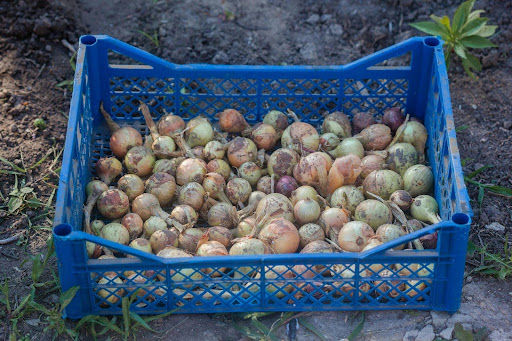A clean packhouse starts in the field
- Micah Hutchison and Phil Tocco
- Apr 29, 2024
- 2 min read
Updated: May 1, 2024
The easiest way to clean your packhouse is to not bring dirt in to begin with. The practices we use in the field can either increase or decrease the amount of cleaning we need to do in the packhouse. Here are a few ways that altering growing practices can decrease the amount of cleaning you need to do.


Dirt on packing boxes
If picking or packing boxes sit directly on the ground, they can pick up dirt and carry it into a packhouse. Everything those box bottoms touch gets more filth. This means longer and more frequent cleaning of floors and food contact surfaces. It also means that dirty box bottoms can sit stacked on top of clean produce. By setting picking and packing boxes on something so they sit up off the ground, you bring less dirt and mess into the packhouse.


Contamination from Crates
Crates left in the field for harvest activities can introduce contamination into the packhouse. If crates are staged without conducting a visual inspection of the area, crates could be mistakenly placed on soil or animal poop. Dirty crate bottoms can spread contamination to the packhouse, produce, and food contact surfaces. Doing a visual assessment for poop and other contaminants prior to staging crates in the field can help reduce the likelihood of dirt, including poop, hitching a ride into the packhouse on the bottom of crates.

Forklifts and pallet movers
Poop, soil, and water related pathogens can all be brought into the packhouse by forklifts and pallet movers. Standing water in packhouses can splash when driven through, and that can spread contamination from the floor to produce and food contact surfaces. When using forklifts or pallet movers, be mindful of what the wheels are rolling on, or through. Avoiding standing water and other sources of wheel contamination can help reduce packhouse contamination associated with forklifts and pallet movers.


Written by Phil Tocco and Micah Hutchison


